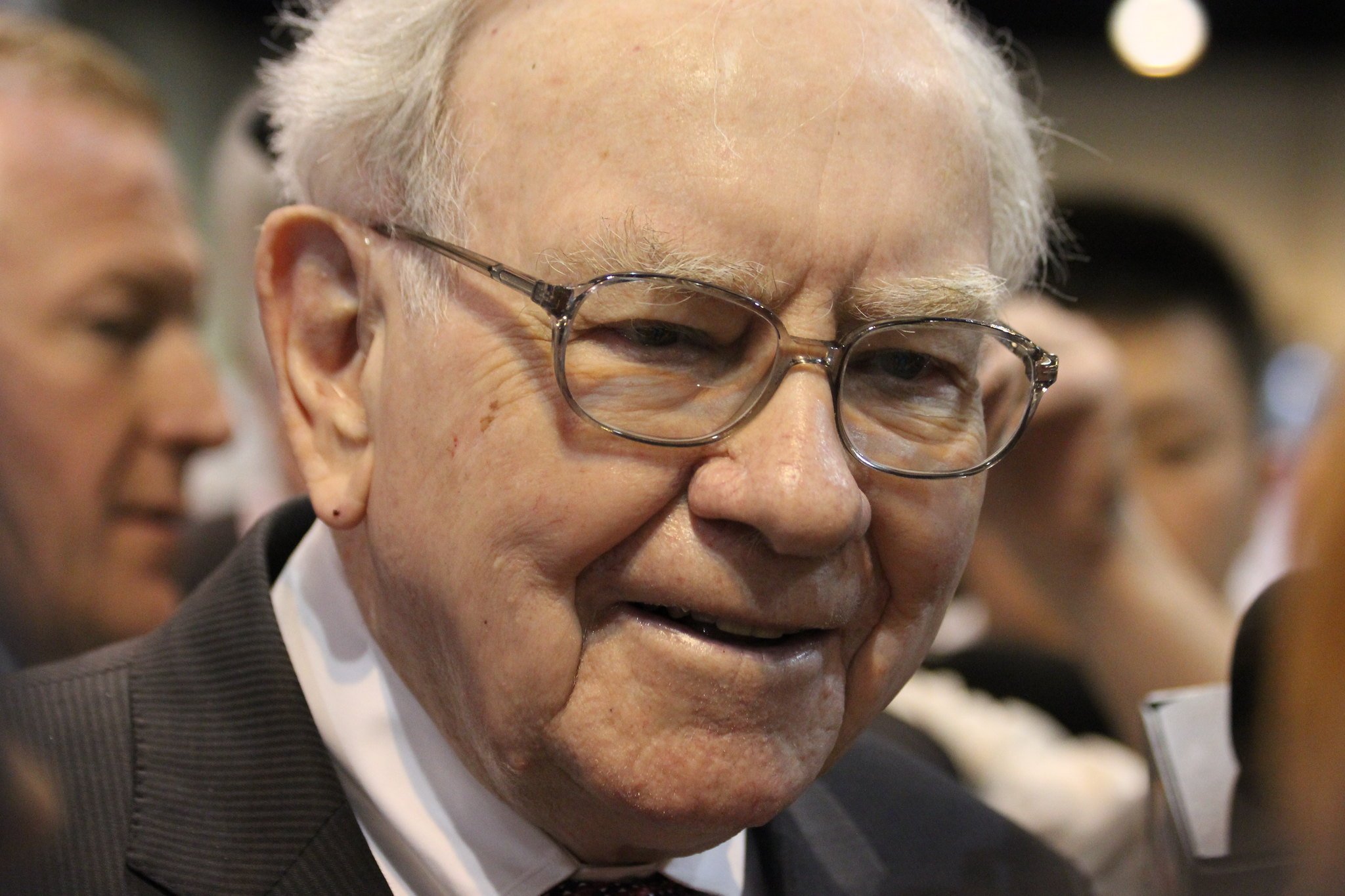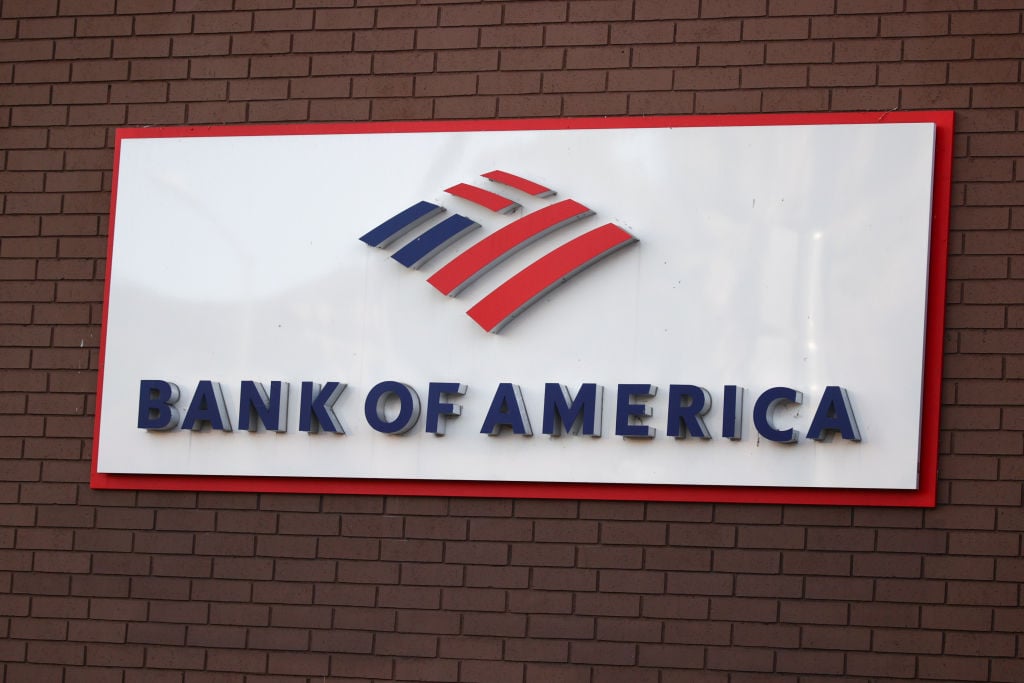This is probably what it looked like at Bank of America's headquarters after the Federal Reserve released the 2016 stress-test results. Image source: iStock/Thinkstock.
It's beer o'clock at Bank of America (BAC +0.52%).
The stress test results may have been released less than an hour ago, but the executives at Bank of America are almost certainly already celebrating. For the first time in three years, the nation's second-biggest bank by assets passed the first round of the stress test without any objection from the Federal Reserve.
After finishing the day 3% higher, the news sent Bank of America's shares up an added 1% in after-hours trading. The results from the second round of the tests, due out next Wednesday, will dictate whether or not it can raise its dividend, and/or increase its share-repurchase program, both of which could further catalyze today's gains.
The purpose of the stress test's first round is to determine whether the nation's biggest banks -- those with more than $50 billion in assets -- have enough capital to survive a severe economic downturn. The most-extreme scenario in this year's test presumed, for instance, that unemployment increases to 10%, the value of stocks and homes fall 50% and 25%, respectively, and interest rates dip below 0%.
Even under these conditions, the Fed was satisfied that Bank of America has more-than-enough capital to absorb the estimated $36 billion pre-tax loss that it would suffer over the test's nine-quarter planning horizon. The North Carolina-based bank entered the test with an 11.6% tier 1 common-capital ratio, and emerged with a ratio of 8.1%, which comfortably exceeds the 5.9% regulatory minimum that it reported in its latest 10-Q.
The lion's share of Bank of America's projected losses stemmed from its loan portfolio. According to the Fed, the bank would have to set aside $59.2 billion to cover loan losses. That's $10 billion more than last year. The Fed also estimated that Bank of America would lose $20 billion as a result of its trading and counterparty activities, a $2.4 billion increase over 2015.
Even more importantly, the Fed didn't take issue with Bank of America's capital-planning process, which is what tripped the bank up the last two years. In 2014, it was forced to resubmit its capital plan after belatedly discovering that it had mismarked securities inherited in its 2008 acquisition of Merrill Lynch. And in 2015, the Fed required Bank of America "to submit a new capital plan ... to address certain weaknesses in its capital planning processes."
I'm happy to say that Bank of America's performance this year didn't come as a total shock. Chairman and CEO Brian Moynihan made it a priority since taking the helm in 2010 to build up the bank's balance sheet. Under his watch, Bank of America's tangible common equity has grown by $50 billion. And it's done so at the same time that it's had to absorb upwards of $200 billion worth of financial-crisis-related expenses.
Additionally, while Bank of America's profitability still lags many of its peers, as well as its own cost of capital, last year was the first time in nearly a decade that it strung together four-consecutive calendar quarters of respectable profits. Its nearly $16 billion in net income last year was enough to place it 11th on Forbes list of companies ranked by their 2015 profits.
This by no means marks the end of Bank of America's reascent to the apex of global finance; but it's an important step along the way. It also adds another reason to think that the $2.2 trillion bank has finally put the worst of the financial crisis in the rearview mirror.
Shareholders should tune in next Wednesday to learn whether Bank of America will be permitted by the Fed to increase its dividend and/or its share-buyback program, which is determined in the comprehensive capital analysis and review process. Three weeks after that, on July 18, the bank reports second-quarter earnings.







